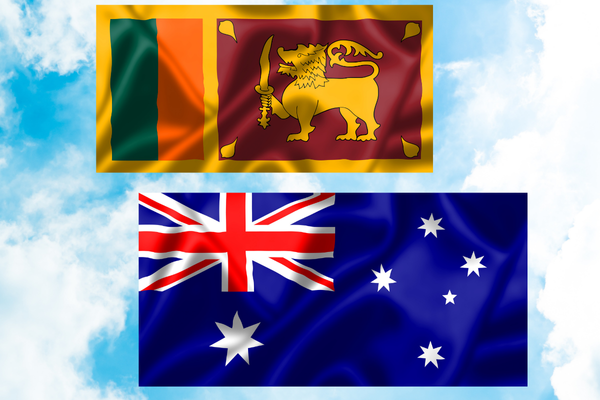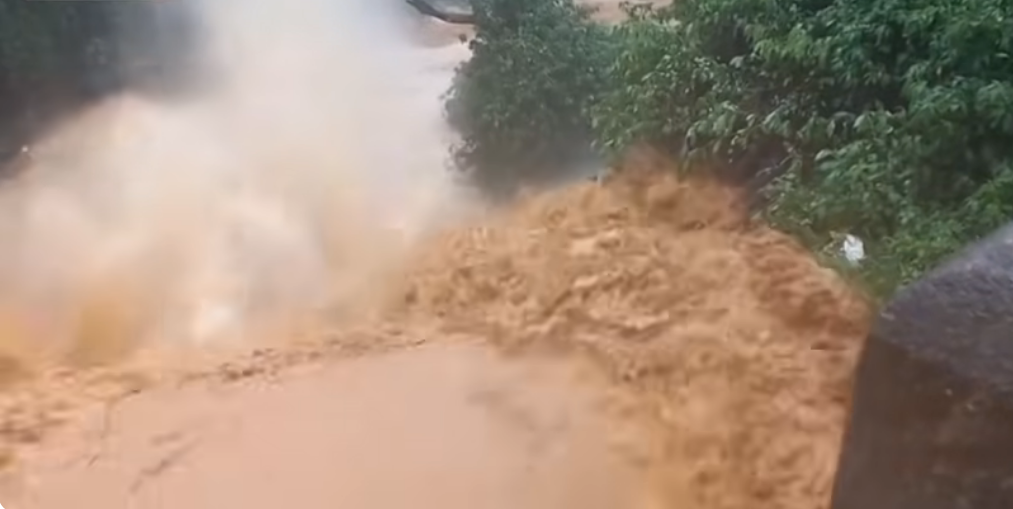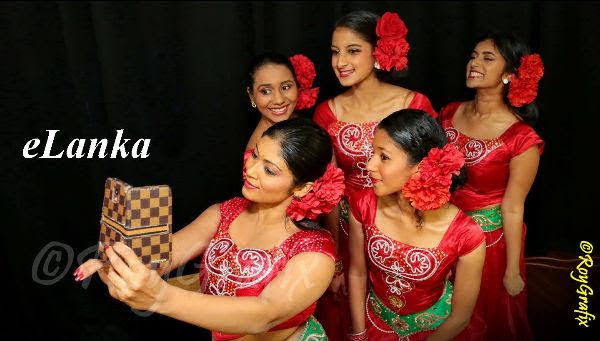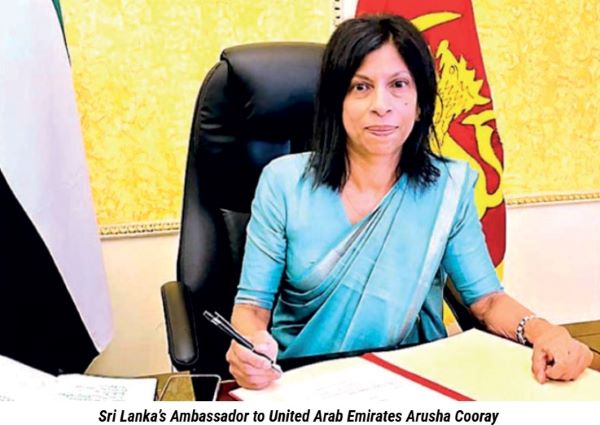The Curious Case Of ‘Traditional’ Sri Lankan Food And Their Foreign Origins
Asiff Hussein
Given Sri Lanka’s land size, it may seem like we have the greatest variety of food anywhere in the world. How come, you may wonder. It’s simple, really: it’s a combination of our insular character (we don’t mean narrow-minded in the sense we commonly understand it, but rather our unique island status), our wealth of flora and fauna (these are the basic elements of our foods, right?), our ethnic diversity (we have people who have hailed from India, Arabia, Africa, the Malay World, and even Europe) and not the least, colonial influence (with three Western powers, the Portuguese, Dutch, and British peopling Sri Lanka with their more adventurous sons and daughters). The last played a big role in determining what we would feast on, so much so that we even came to forget their colonial roots. Let’s take a look at popular local food that are the result of foreign influence:
Paan (Bread)
‘Paan’, as it turns out, is not as native a food (or word!) as we may have thought it was.
Bread is such a common item of food today that we have come to regard it as one of ours. The word we use for it ? paan ? seems nothing like a foreign word. We use paan for ordinary bread, maalu paan for fish buns, and jam paan for a sweet kind of bread filled with jam inside ? the word itself is so Sri Lankan!
Little do we stop to think that the bread we know today has colonial associations and was introduced as far back as the 16th century as a result of Portuguese colonial rule in the maritime districts of our island nation. Our word for bread, paan, is in fact of Portuguese origin, having derived from the Portuguese pão. Portuguese being a romance language has itself got the word from the Latin panis (as in Panis et Circenses or ‘bread and circuses’ that originated in the satires of the Roman Poet Juvenal who made fun of his countrymen’s penchant for good food and bloodthirsty games). Even the English language has this word ? in a word of Latin origin, companion, which comes from two Latin words com (with) + panis (bread) since companions literally meant persons who had eaten together.
So ignorant were our people of bread before the advent of the Lusitanian Conquistadors that the Sinhalese chronicle Rajavaliya (C. 17th century) relates how the subjects of the then reigning monarch, Parakrama Bahu VIII (C.1484-1508) described the bread the Portuguese had brought with them when they first landed upon the shores of Lanka.
“There is in our harbour of Colombo a race of people fair of skin and comely withal. They don jackets of iron and hats of iron; they rest not a minute in one place; they walk here and there. They eat hunks of stone and drink blood”.
The hunks of stone (kudugal or ‘crumbled stone’) they alleged the Portuguese consumed was, needless to say, bread. As for drinking blood which they accused the newcomers of, rest assured the Portuguese were no vampires. The Sinhalese, who knew only the amber-coloured arrack, had mistaken the Lusitanian red wine for blood. Now, if bread were introduced by the Portuguese, should not the main item used to make our bread, wheat, also be a Portuguese introduction? Sure thing. The Sinhala term for wheat, tiri?gu, comes from the Portuguese word trigo.
Kokis (Crispy Cookies)
Your favourite avurudu snack is named after the Dutch koekjes.
We’re all familiar with the kokis, that deliciously crispy yellow deep-fried cookie that figures so prominently in Sinhala New Year festivities. These kokis are made by dipping a mixture of rice flour, coconut milk, egg, turmeric and salt into heated oil by means of a special mould come in various shapes like the wheel and heraldic rose, though until recently there was also one that had the outline of our beautiful island of Sri Lanka. But hold on, there is nothing really ‘national’ about it. The kokis is actually of foreign origin and derives from the Dutch word koekjes or ‘biscuits’ (or, literally, ‘little cake’). In fact, it is related to the American English word cookies introduced to the New World by the Dutch settlers of a bygone era, the same people who introduced to America Santa Claus, which itself is a corruption of their Sinter Klaas used for Saint Nicholas.
Strangely our kokis do not resemble any cookies we know of, except for a Scandinavian kind known as rosettes, which are so similar to kokis, that one might think they were identical. Who knows, some Scandinavians who arrived with the Dutch when they colonised Sri Lanka in the 17th and 18th centuries would have introduced this item. Remember, the Dutch East India Company (VOC) that ruled our maritime districts was not only served by Dutchmen, but also those of other nationalities, including Swedes.
Interestingly, our kokis is also found in the Malay world, where it is popular among the ethnic Chinese who call it kuih ros (Rose biscuits) and among Christians in Mangalore, the chief port city of Karnataka, who call it kokkisan, which, needless to say, bears an uncanny resemblance to our kokis.
Dosi (Fruit Preserves)
Puhul dosi – or pumpkin preserve – is a favourite Sri Lankan sweet ? although the concept of such preserves is believed to have been introduced by colonisers.
Who doesn’t love those sweet fruit preserves known as dosi? Dosis are prepared by boiling fruit in sugar and letting it cool so that the sugar crystallises both on the surface and on the inside. The most popular by far is the extremely sweet light yellow puhul-dosi made of ash pumpkin. There is also inguru-dosi made of ginger and now even kiri-dosi made of milk. This class of confections is no doubt of Lusitanian origin. In the Portuguese language, doçe simply means ‘sweet’ and derives from the Latin dulce which figures in the famous lines of Horace’s Odes: Dulce et decorum est pro patria mori: ‘It is sweet and proper to die for one’s country’. Our very plebeian unassuming dosi thus has a distant relative in the very patrician Italian lines La dolce vita meaning ‘The sweet life’.
For all you know, it might have been the Portuguese themselves, a robust, seafaring people, who devised this method of preserving fruit for their long sea journeys to colonise other nations. Boiling fruit in sugar syrup effectively keeps micro-organisms that spoil fruit at bay by drawing off water from their cells or killing them by dehydration – a sure way to preserve fruit and at the same time give a good calorie boost to old sea dogs.
Sukiri (Sugar Lumps)
Sukiri, something most Sri Lankan children ought to have fond memories of.
We might still remember as little kids having those hard lumps of rock sugar known as sukiri. We have the Dutch to thank for that. It was they who introduced it to us about 300 years ago when they colonised our island, calling it after their name for sugar, ‘suiker’. Although a very businesslike folk, they did have a sweet tooth after all. But who knows, this may have been the only kind of sugar they knew, not just to suck away at it like little schoolboys, but to sweeten all manner of things. The refined sugar we know today is of Chinese origin as attested by the Sinhala word for it, seeni which comes from cheeni meaning ‘Chinese’. It seems the Chinese had more refined tastes than the Dutch!
Kaju Koradiyal (Nut Toffee)
Päni-kaju, or kaju-koradiyal – yet another term that traces its roots to the Dutch language.
nybody with a sweet tooth would certainly love that crunchy nut-filled toffee known as päni-kaju or as it was called in the olden days kaju-koradiyal. This is usually a hard confection made of broken peanuts and treacle or sugar syrup. However, it originally seems to have been made of broken cashew nuts heated in treacle and left to cool, after which it was cut into squares.
Louis Nell, in his ‘Dutch Words adopted by the Sinhalese’ published in The Orientalist (1888-89), tells us that in Sinhala, ‘kordiyal’ is applied to lozenge-shaped sweet cakes made of sugar blended with cashew nuts, green mung seeds, or gingelly seeds and milk. The item seems to have been made with mung (or green gram) and other ingredients as well. Lionel Juriansz (Hungry? A gastronomic voyage ? The Times of Ceylon Christmas Number 1951) mentions Sinhalese sweetmeats like cadju-koradiyal and moong-koradiyal. In the Southern Province, to this day, one may find a confection known as sau koradiyal made by mixing roasted sago with heated sugar syrup, after which it is spread onto a board, flattened with a banana leaf, and cut into squares. The term originates from the Dutch cordiaal, meaning ‘a cordial’.
Interestingly, the Muslims of the country also loved this sweet and until recently called it gordial. The local Muslims those days were fond of nicknames and a certain L. M. Noordeen Hajiar, a Firearms and Explosives Merchant, was named ‘Gordiel’ apparently after his fondness for this sweet.
Alpal (Taffy)
Quite popular in the olden days was a sweet made of sugar known as älpäl, also called sakaramo?an. This seems to have been a sort of pulled jaggery or taffy. Louis Nell in his list of Portuguese Words adopted by the Sinhalese (1888-89) describes älpäl as a preparation of sugar, and adds that it came in two forms, in long pieces resembling the English sweets known as ‘sugar rock’ or ‘butterscotch’. The word älpäl used to describe it comes from the Portuguese alfeloa or alfelos, ‘a type of taffy made from clarified sugar flavoured with scented water, boiled until it forms a hard ball, kneaded on a slab and pulled, allowed to harden and then broken up’. This sweet seems to have all but died out today.
Ismoru (Beef Curry)
The traditional ismoru takes its name from the Dutch smoor or ‘stew’.
In the olden days, Sri Lankan folk, especially Sinhalese of well-to-do families, prepared beef as a thick curry known as ismoru. The dish, which may still be made on occasion, is prepared by cooking a large chunk of boiled beef in spices and other ingredients like onions, garlic, ginger, fenugreek, turmeric, chilli powder, curry powder, curry leaves, and lemon or tamarind juice over a low fire until it softens. Coconut milk is then added to it and it is cooked a while longer after which the piece of beef is taken out and lightly fried in ghee before being added to the thick gravy.
The dish takes its name from the Dutch smoor or ‘stew’. Although the term is Dutch, the dish with its spices is typically Asian and Sri Lankan. This would suggest that the original Dutch stew had undergone several embellishments over the centuries to suit the local palate.
Moju (Pork Curry)
Pork was once commonly prepared as a thick curry known as moju, This involved boiling pieces of pork obtained from the pig’s head and hind quarter in vinegar. The meat was then pierced with a fork after which ground spices such as cloves, cardamoms, mustard seeds, and pepper all cooked together in vinegar were added to it. The dish takes its name from the Portuguese molho, meaning ‘sauce’, ‘gravy’, ‘liquid condiment’, or ‘something taken as a relish to food’.
Gova Kaldu (Cabbage Soup)
Sri Lankans love string hoppers, which we often take with kiri hodi, pol sambol and some curry if possible. However in the olden days it was taken with gova kaldu, a hearty spiced cabbage and chicken broth. This was quite popular among elite Sinhalese families of the olden days until the early part of the 20th century.
This dish, too, has a Portuguese origin since its very name, kaldu, is Portuguese for ‘broth’. In Portugal, they call it caldo. For example, they have the Caldo Verde ‘Green broth’, a hot broth thickened with mashed potatoes to which is added a special dark green Portuguese cabbage known as couve tronchuda. Yes, you guessed it – ur ‘gova’ itself comes from the Portuguese couve.
Kimbula Banis (Crocodile bun)
Good ol’ kimbula banis ? we have colonisation to thank for you, too.
Those of us who have grown up in Sri Lanka are only too familiar with the kimbula banis, a long piece of sweetened bread topped with sugar that somewhat resembles a crocodile, hence its popular name of ‘crocodile bun’. In certain parts of the south it was also called seeni kurullo, or ‘sugar birds’. However, its proper name viyaana (or viyan roll), suggests that it has its origins in Vienna, the Austrian capital still famous for its classy viennoiseries (things of Vienna). Among these, a type of classy crescent-shaped breakfast bread (much like a croissant) known as kipferl or ‘crescent’ somewhat resembles our humble kimbula banis.
One wonders how and when it came here, though. Who knows, it may well go back to the days of the British colonialists whose ladies could not shake off their fondness for food from continental Europe. Perhaps a European baker or a local baker who had been to Europe introduced it here, calling it by the name ‘vienna’. In later times the local bakeries also started producing them, calling them viyaana. Its popular name kimbula banis was no doubt introduced much later, perhaps by little children, after its peculiar shape.
Taking all this into account, it is interesting to note that even food serves as a good indicator of history and testifies to the colonial influences we have experienced over the ages.



























